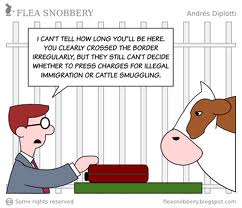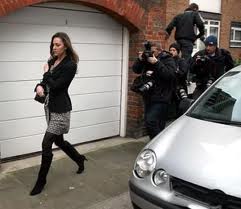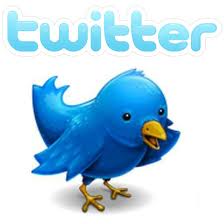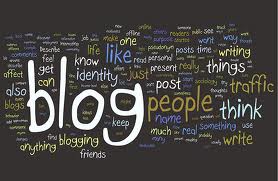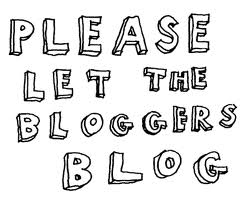Hi, everyone this is my last blog post here 🙂 As a last one, I would like to talk about new topic which is ‘Multimedia Newsgathering’. Through this topic I was able to learn how to gather information appropriate for multimedia reporting. The level of multimedia involvement will vary depending on factors such as the size of the news organisation, the organisation’s expectations of reporters, and the specific news situation. For example, solo multimedia journalists sometimes operate in war zones or isolated regions where it is not feasible to send a team. The most controversial form of multimedia journalism involves one reporter who is required to provide content for print, online, radio, and often television, Some people have described this as “platypus” or “inspector gadget” journalism.
Moreover, early notions of convergence focused on this “super reporter” who could cover a story for every medium. but the rare exception apart, against tight deadlines it is not possible for one journalist to report well for radio, TV, print, and the Web. The more stories a reporter has to do, the more likely they will miss a deadline or fudge a story. And reporters forced to write stories for every platform will ultimately repeat themselves across platforms. What is that means? I think this means they fail to take full advantage of the strengths of each format and the benefits of convergence, which is the ability to tell a story using the most appropriate medium.
Here, One of the keys to success with multimedia journalism is the quality of the assignment editors. Successful multimedia organisations have a central assignment desk where the assignment editors, who all understand the strengths and weaknesses of each medium, assess each news event on its merits and send the most appropriate people. The online journalists is the most prominent example of a multimedia reporter in the first decade of this century. As print-based newspapers evolve into multimedia companies, the online staff will act as the bridge to the future and it shows how to gather information appropriate for all forms of media. In an ideal world, online news sites will have their own reporters. In reality, much of the breaking news for online sites comes from news agencies like Associated Press or Reuters, or copy shoveled from the parent company’s newspaper sites.
Maybe, after you read this blog post, you can think about what multimedia is 🙂
